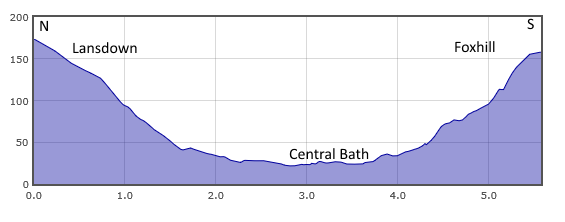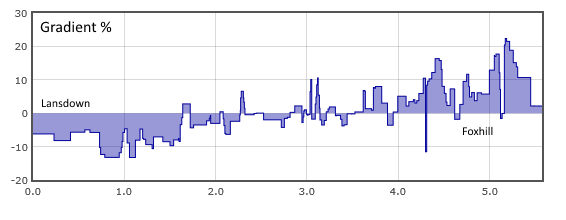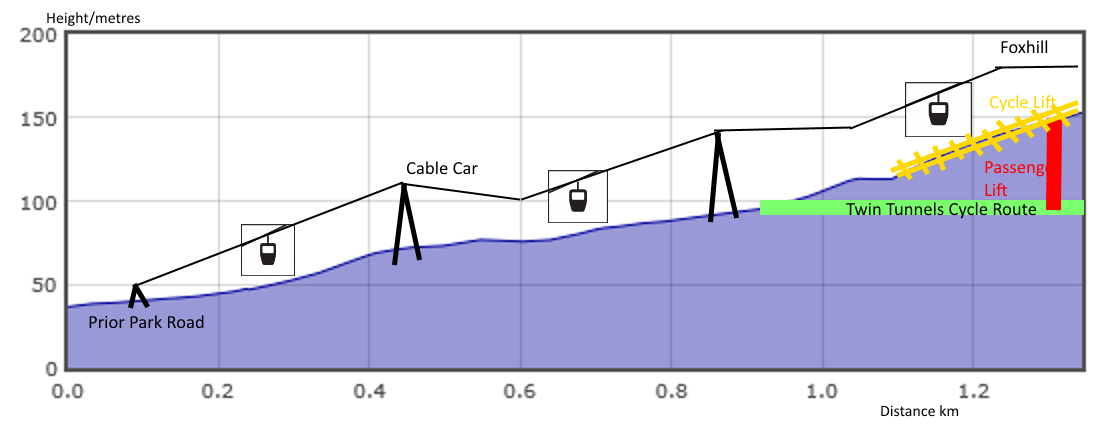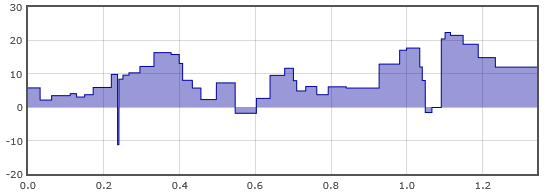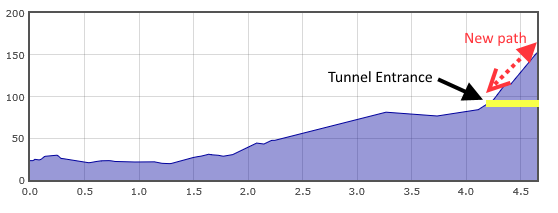Summary
During the planning stages of the development of 700 homes on the ex-MOD site at Foxhill in Bath Curo have proposed a number of alternative solutions to the problem of how to encourage cycling at the top of a very steep hill. This is a problem common to much of Bath, which is built on a steep sided valley and has congested roads which are not designed to accommodate both cyclists and vehicular traffic. Cycling along a north-south axis is restricted to the super fit because of the steepness of the hills.
Curo’s suggested solutions to date have included:
- A cable car
- A vertical passenger and cycle lift from the twin tunnels cycle path
- A Trondheim like cycle lift
- Racks on the back of public buses
While it is early days and no commitment to any of these solutions has been made by Curo, we set out in this article to examine these options, plus three extra choices of our own suggestion:
- Provision of electric bikes for all new homes in Foxhill
- A ‘Boris Bikes’ like cycle hire scheme, but with electric bikes
- A funicular railway
Each of the tabs below contains further information on the options, background and summary information. We are not experts at accurately estimating costs but we have done our best to provide this in order to inform your views.
It would be very helpful if you could complete the questionnaire at the bottom. We will present the results in a future post and feed them back to Curo and the council. This survey is independent of both the Curo and the council, we are hoping to use the results to inform discussion. If you have any questions please contact us at website@transitionbath.org .
Summary
| Option | Cost* | For | Against |
|---|---|---|---|
| 1.Cable Car | £15M but self-financing with income? | Tourist attraction, local employment | Expensive, high risk, planning permission? |
| 2. Vertical lift from Twin Tunnels | £1M | Relatively cheap | Cycle only solution, only 60% of vertical height |
| 3. Trondheim cycle lift | £1M | Relatively cheap | Cycle only solution, only 60% of vertical height, longevity? |
| 4. Racks on public buses | £100K | Cheap | May not get used based on Wessex Water solution, may not increase number of cyclists |
| 5. Electric bikes purchased for new residents of Foxhill | £420K | Good value | Only helps those in new homes |
| 6. Electric ‘Boris Bikes’ | £10/day/bike | Flexible | Too expensive |
| 7. Funicular Railway | £15M but self-financing with income? | Tourist attraction, local employment | Routing of track difficult, high risk, planning permission |
* these cost estimates have been provided by Transition Bath, to date Curo have not made public any estimates it might have calculated
